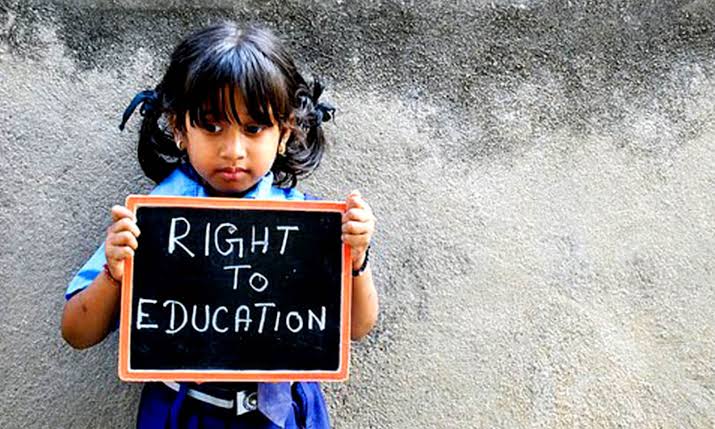CHILD EDUCATION – RIGHT TO EDUCATION
Introduction :
The future of both individuals and countries is shaped by education for young people, which is a cornerstone of society. It spans a broad spectrum of experiences, from infancy to adolescence, and is essential to a child’s growth. We will examine the value of education for children as well as its difficulties and changing environment in this investigation.
Education is not just a means to acquire information; it is a powerful tool for personal growth, social development, and economic progress. For children, education lays the foundation for their intellectual and emotional development. It equips them with essential skills, fosters creativity, and instils values that shape their character. Furthermore, access to quality education empowers children to break free from the cycle of poverty and reach their full potential.
However child education is facing numerous challenges :
However, there are many difficulties in child education. Providing all children with equal access to high-quality education is one of the most urgent issues. Social and economic inequality may be sustained by educational disparities. To close this gap and give kids from all backgrounds equal opportunities, efforts must be made.
For the education of children, the digital age offers both opportunities and difficulties. Technology can improve educational opportunities by providing access to a wide range of educational resources. It also raises issues like screen time, cyberbullying, and the digital divide, though. Teaching professionals and parents must navigate the challenge of striking a balance between the use of technology and conventional teaching methods.
Involvement of the parents is essential to a child’s education. A child’s parents are their first teachers and are crucial to their development. A child’s progress can be tracked and potential issues can be addressed with the help of regular communication between parents and teachers. However, hectic schedules and other factors can occasionally make parenting less engaging.
It takes qualified teachers who are not only knowledgeable but also compassionate and adaptable to provide children with an effective education. To keep them informed of the most recent educational trends, professional development for teachers should be ongoing. Teachers also need to be aware of and accommodate the various needs and learning preferences of their students.

Support from the community is also crucial for improving children’s education. Extracurricular activities, community organisations, and libraries can supplement formal education. Community-based programmes can offer assistance and support to kids and families dealing with financial or social difficulties, fostering a more welcoming learning environment.
The educational environment for children is changing. Alternative educational methods are becoming more popular, even though traditional classroom settings are still common. Some non-conventional approaches that take into account different learning preferences and styles are project-based learning, home-schooling, and Montessori instruction. These methods emphasise the value of personalised education and flexibility in the contemporary environment.
Causes of lack of education:
Marginalization and poverty: In developing and developed countries alike , children do not have access to basic education because of inequalities that originate in sex, health and cultural identity such as ethnic origin, language, and religion .
Financial deficit of developing countries : Universal primary education is a major issue a sizeable problem for many states. Many emerging countries do not appreciate the financial resources necessary to create schools, provide schooling materials, nor recruit and trian teachers. Funds pledged by international community are generally not sufficient enough to allow countries to establish on education system for all children.
Conclusion :
In conclusion, education for children is a complex process that includes social, emotional, and cognitive growth. Equal access to high-quality education and adaptation to shifting educational paradigms are essential. To ensure that every child has the best start in life, cooperation between parents, teachers, and the community is essential. In the end, investing in a child’s education is an investment in the development of future members of society.
AUTHOR: V V SAI RAVI TEJA , BBA LL.B (Final Year), Department of Law, Koneru Lakshmaiah Education Foundation, Green Fields, Vaddeswaram, Guntur, Andhra Pradesh
A Deep Dive into India’s Controversial Surrogacy Laws



